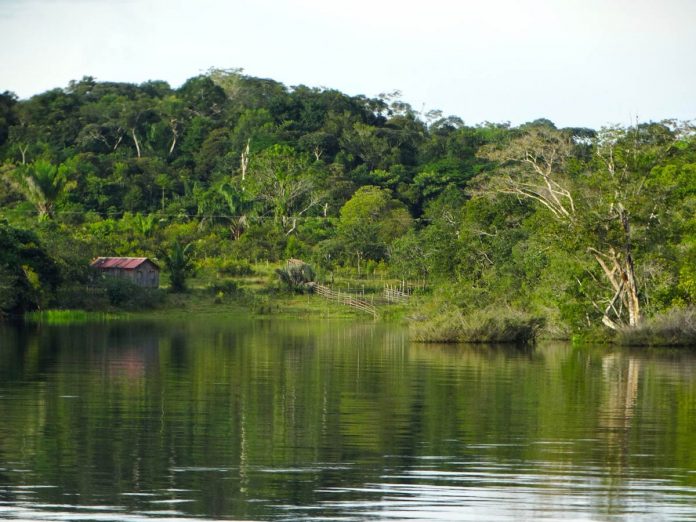The Amazon basin has intricated and complex hydrology. It expands across seven nations and feeds 4 of the 10 largest rivers in the world. The basin has dense tropical forests, extensive floodplains, and interconnected wetlands. The basin also approximately 2,200 millimeters of rain per year. A better understanding of Amazon hydrology is essential in light of the ongoing environmental changes across the basin. Changes such as increasing floods, droughts, dam building, and deforestation.
Scientists have used satellite technology and turned the Amazon into the world’s premier remote sensing laboratory for hydrological and water cycle science. NASA is also planning to launch two dedicated hydrology satellites named the Surface Water and Ocean Topography mission and the NASA-ISRO SAR mission.
Scientists have published a comprehensive review of the basin’s hydrology. This research looks at three decades of work. The research evaluated precipitation, evapotranspiration, surface water, aquatic ecosystems, environmental changes, and more through the lens of remote sensing. This study provides a holistic view of the Amazon’s water cycle while laying out challenges and knowledge gaps for future research in the region.
The scientists have treated each topic as a subreview like the authors discuss how infrared and microwave sensors monitor rainfall and describe the algorithms that process the data. Then the scientists reported on successful remote sensing applications, such as how one project used satellite data to delineate the beginning and end of the Amazonian wet season. Lastly, the scientists outline some challenges of measuring precipitation through remote sensing. They have included the asymmetry of satellite readings and weather processes on the ground. They have applied a similar structure to the other themes evaluated in the review.
The scientists said their study will work as a model for other river basins to synthesize large-scale hydrological information. But the knowledge reviewed in the paper needs to be translated to water management and environmental governance. Scientists think that the study will lead to an integrated monitoring and research agenda across the basin.

